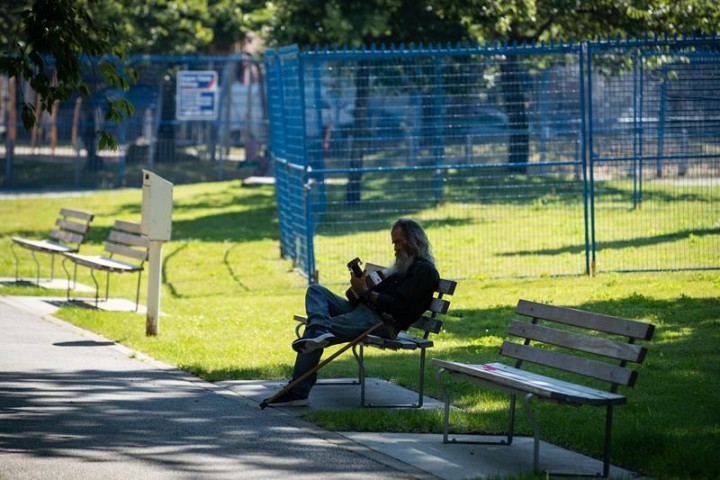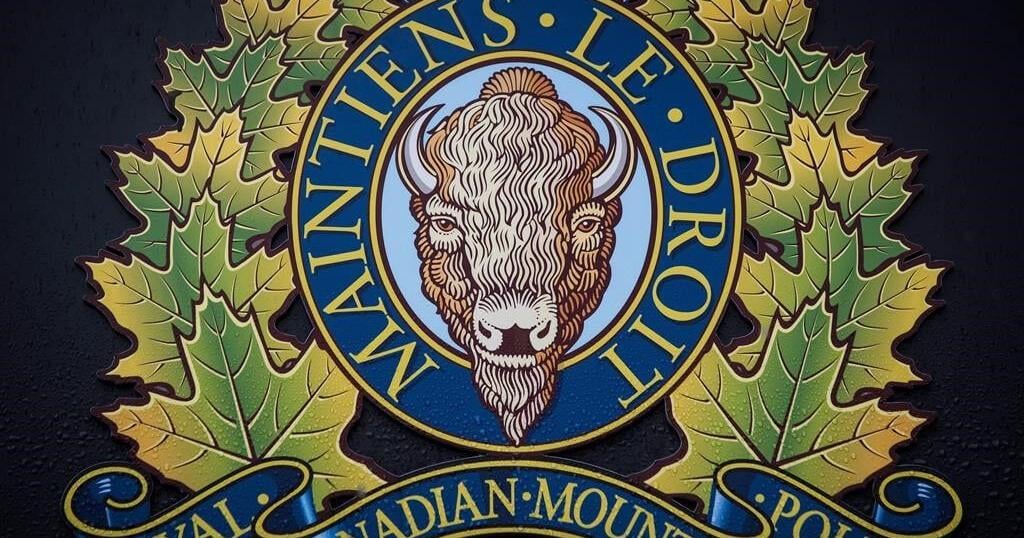VICTORIA — She died in the arms of firefighters.
The 96-year-old woman now lingers in the memory of Chief Jim Ogloff of the Coquitlam Fire Department, a reminder of the impact of last summer’s heat dome disaster on vulnerable residents of British Columbia.
“She was elderly, clearly in a lot of distress,” Ogloff said, recalling the efforts of his officers who attended an emergency call to the woman’s townhouse in late June 2021.
“They tried to cool her down … They were unable to transport her because she was in such frail shape,” he said, and the woman died before she could be taken to hospital. She was one of more than 600 who perished in B.C. in the weeklong heat wave of historic magnitude.
The legacy of their deaths can be found in a range of policies and proposals brought in since then to mitigate such a disaster in future, including a heat-alert system and calls to re-examine building codes. But the deaths of so many residents, vulnerable and alone like the woman who Ogloff’s officers tried to save, also points to the crucial role played by social bonds.
“It takes a community, let me put it that way,” said Prof. Kim McGrail, a population data expert at the University of B.C.’s school of population and public health, who served on the BC Coroners Service death review panel that released a report and recommendations this month about the deadly outcomes of the heat dome.
Strategies need to involve both the machinery of government and the compassion of neighbours looking out for each other to succeed, officials and health and community experts agree.
“Pragmatism, I think, is one of the most important things we should lean on here,” said Dr. Jatinder Baidwan, chief medical health officer at the BC Coroners Service, at a news conference releasing the death review panel’s report.
Temperatures surpassed 40 C across much of the province around the last week of June 2021, when a high-pressure system trapped a blanket of hot air over the province.
Most of the 619 victims identified by the death review were elderly or vulnerable people living alone in buildings without air conditioning, it said. Ninety-eight per cent died indoors and most lived in socially or materially deprived conditions.
Human Rights Watch, an international advocacy group that investigates abuses worldwide, said in an October 2021 report that inadequate government support compounded risks for people with disabilities and older people, and the province’s lack of a heat-action plan contributed to unnecessary suffering and possible deaths.
In response to the disaster, the B.C. government announced a two-stage heat response system this month, including a public awareness and preparedness program and emergency heat alerts to be broadcast to mobile devices.
The alerts will be sent through the national Alert Ready system, which is already used to issue Amber Alerts and tsunami, wildfire and flood warnings, said B.C. Public Safety Minister Mike Farnworth.
The death review panel had three major recommendations: a co-ordinated heat alert response system and emergency protocols; a plan to identify, locate and support people most at risk of dying during a heat emergency; and the implementation of long-term heat prevention and mitigation strategies.
These include reviewing rebate plans for cooling devices in homes and changing building codes to require cooling designs.
On Monday, the B.C. government also unveiled a $513-million Climate Preparedness and Adaptation Strategy to prepare and protect people and communities from wildfires and floods.
Baidwan said last year’s heat wave was not taken seriously enough, by officials or individuals. “We’re all guilty of that,” he said.
Ogloff, who was also a member of the death review panel, said B.C. was “moving in the right direction” by recognizing the impact of the heat wave.
Fourteen people died in Coquitlam due to the emergency, Ogloff said.
He recalled an emergency response system that was stretched to near breaking point, with the fire department receiving more than double the emergency calls it usually does on weekends in June.
“When the resources are pulled in an extreme way that is unprecedented, you start to see some of the fissures appear and you can see how that overwhelms the system,” said Ogloff.
The emotional toll on emergency workers was traumatic, he said.
“It puts an incredible toll on the first responder community because they know there are people out there who are in desperate need of help. But there is only so much to go around,” he said.
“I think it just highlights the importance of the first-responder community, the police, fire, ambulance and how important it is that they all work together because the pieces are so interconnected,” Ogloff said.
He said he believed the new emergency response system will make the province better prepared to face the next heat dome, with harmonized messages about what to do and the dangers of heat emergencies reaching as many people as possible, Ogloff said.
Prof. McGrail said it would not be until the next hot-weather emergency that the effectiveness of the new preparedness plans could be evaluated.
“It’s hard to know how much worse it could have been but the fact the coroners service identified more than 600 people who died as a direct result of the heat dome was sufficient evidence that we were caught off guard,” she said.
McGrail said the death review panel’s report indicated “there’s a lot of will and intent to make sure there is a clear plan for a response and a way to co-ordinate that.”
The report said 67 per cent of the people who died were 70 years and older and 90 per cent of the people were aged over 60.
McGrail said any preparedness plan must focus on where these people live, ensure they are aware of the dangers they face and advise friends, neighbours and loved ones to make contact, McGrail said.
“We just need to make sure we are checking in on them … I wouldn’t want to underplay our ability to rally the community to help each other,” she said.
McGrail pointed to the importance of data analysis identify areas at greatest risk.
Rowan Burdge, provincial director of the B.C. Poverty Reduction Coalition, said the province needed to ensure access to cooling centres.
She said some people couldn’t leave their buildings for cooling centres during the heat dome due to mobility issues and some refused to venture outdoors because of the COVID-19 pandemic.
She said free transit during heat emergencies would help people get to cooling centres or making sure people have a cool place to go where they live.
“Places like shelters, (single-room hotels), all of these places should have an air-conditioned space in the building where people are able to access, and that wasn’t the case during the last heat wave.”
The death panel report calls on the government to review issuing cooling devices to at-risk people by Dec. 1.
Burdge, who has Type 1 diabetes, said she could have used air conditioning herself during the heat dome. But it was the support of friends that helped her get through it.
She said her insulin, which she receives through a pump, weakened as it became hotter, her blood sugar level spiked and she could not cool down.
“I’m a renter and live in an apartment building that doesn’t have air conditioning and I actually didn’t realize how sick I was getting for a couple days of being in the apartment,” Burdge said. “It must have been in the 40s because it was just brutal.”
“My brain functioning, and brain fog was on a level I hadn’t experienced at that point.”
Because of her chronic illness and the pandemic, Burdge was trying to stay away from crowds and public spaces.
Eventually, friends got her into a cool bath and took her to places with air conditioning, she said.
More must be done to be ready for the next emergency, Burdge said.
“I really, firmly believe strongly in my heart we’re not doing enough, and I do think if there was a heat wave tomorrow or next week we wouldn’t actually be prepared or set up to take care of people properly,” she said.
This report by The Canadian Press was first published June 26 2020.
Dirk Meissner, The Canadian Press
































